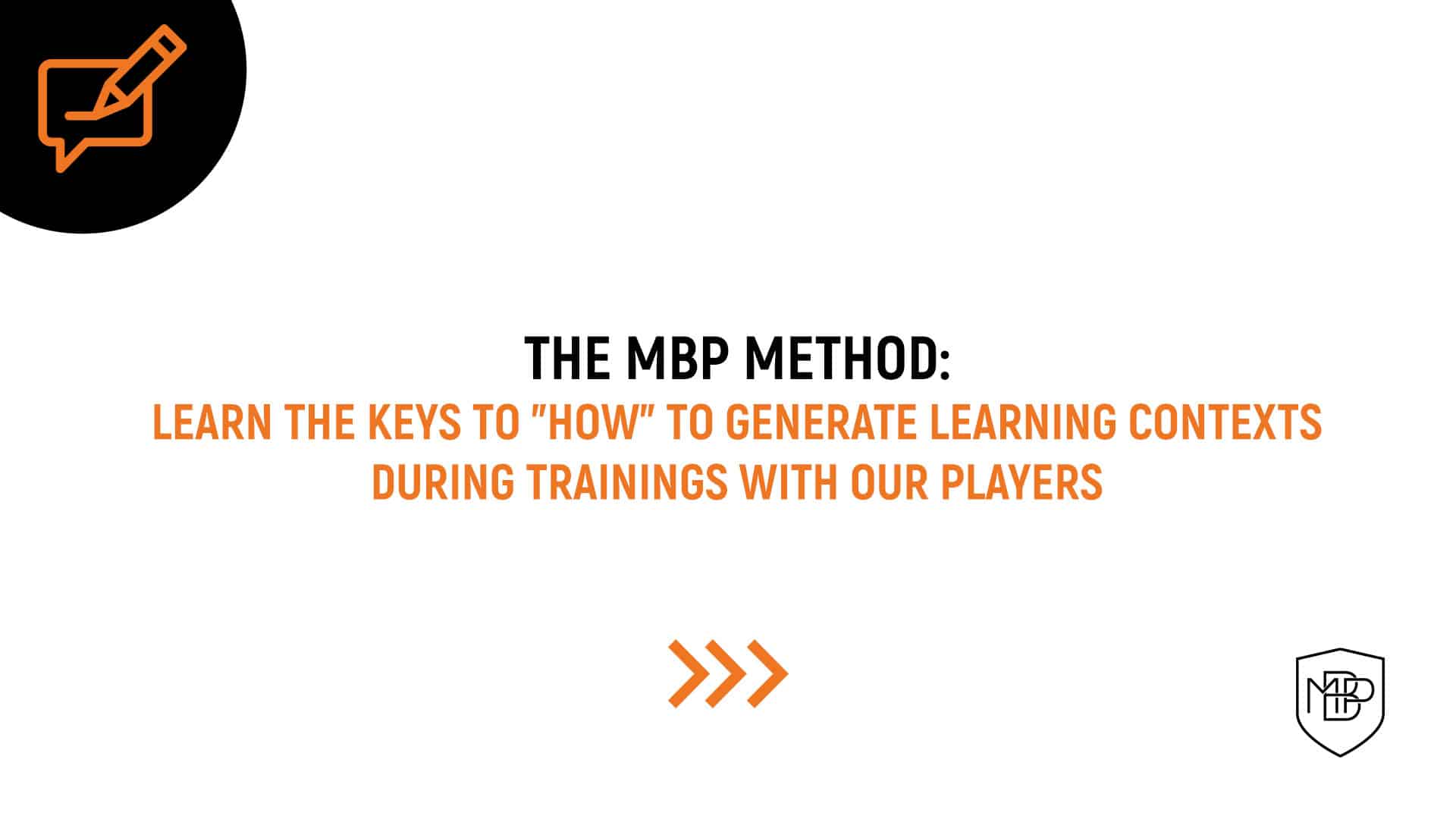In last week’s article, we looked at the ‘why’ of the MBP method, explaining football as a complex phenomenon, and how science could help the coach to know which content to train.
In this week’s article, we will focus on the ‘how’ of the method. In other words, the transfer of the previously chosen content to the training pitch through the use of a methodology.
The term methodology can be defined as the method to be followed to achieve a final objective. This will allow coaches to guarantee a consistency in their training, since the fact of choosing a method means applying a coherent basis during the teaching-learning process.
On the other hand, the term methodology can be very broad, as it encompasses everything – what is trained, how it is done, when it is done and why it is done in this way and not in any other way. However, when we refer to the training methodology, we imply what will be presented during the practical application, i.e. how to proceed to the creation of experiences that develop skills, attitudes and behaviours in the player.
This term is directly related to the creation of optimal learning contexts, as well as the suitable use of tools and the strong coach-player relationship. It is also linked to the training methodology proposed by MBP, and to the use of conditioned didactic strategies. This is where the principal objective is for the player to participate during training and, at the same time, to be aware of the different learning processes through situations that require their own technical ability and understanding of the game, in order to be solved.
As regards to the didactic strategies (DS), the coach will use two types depending on the content to be trained: use of DS with more analytical characteristics for one type of content, or more global ones for another type of content. This will be done with the aim of training coordinative content or basic fundamentals of the game and promoting the understanding of it.
Last but not least, the choice of teaching styles used during the development of the task is highly important too, as we explained a few weeks ago in this article.
In conclusion, one of the most important reasons for the creation of the ‘how to’ within the MBP method is the tendency of many coaches to make mistakes by not using a training method. By applying one, this allows them to follow a coherent path during the training process of the players. Therefore, at MBP, we encourage the use of a method for all coaches in order to guarantee a consistency in their training, and thereby avoid randomness and disorder.







